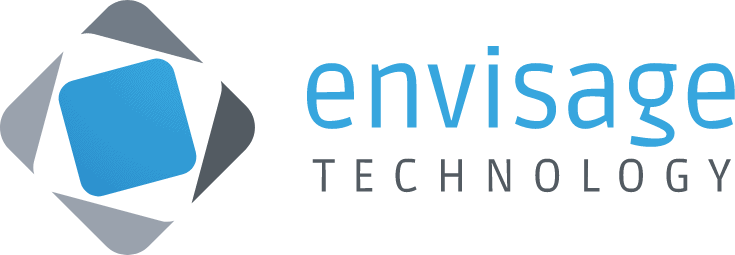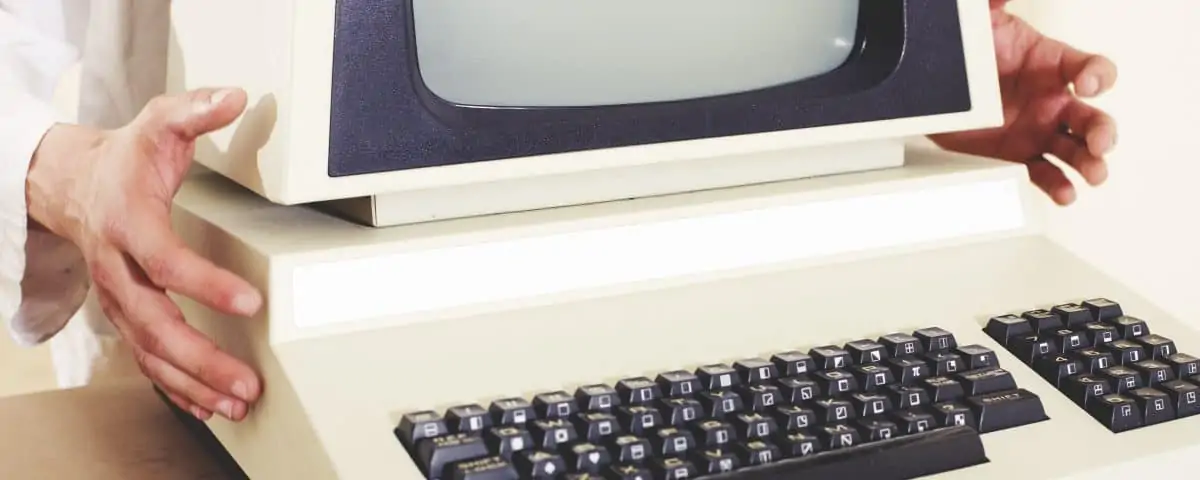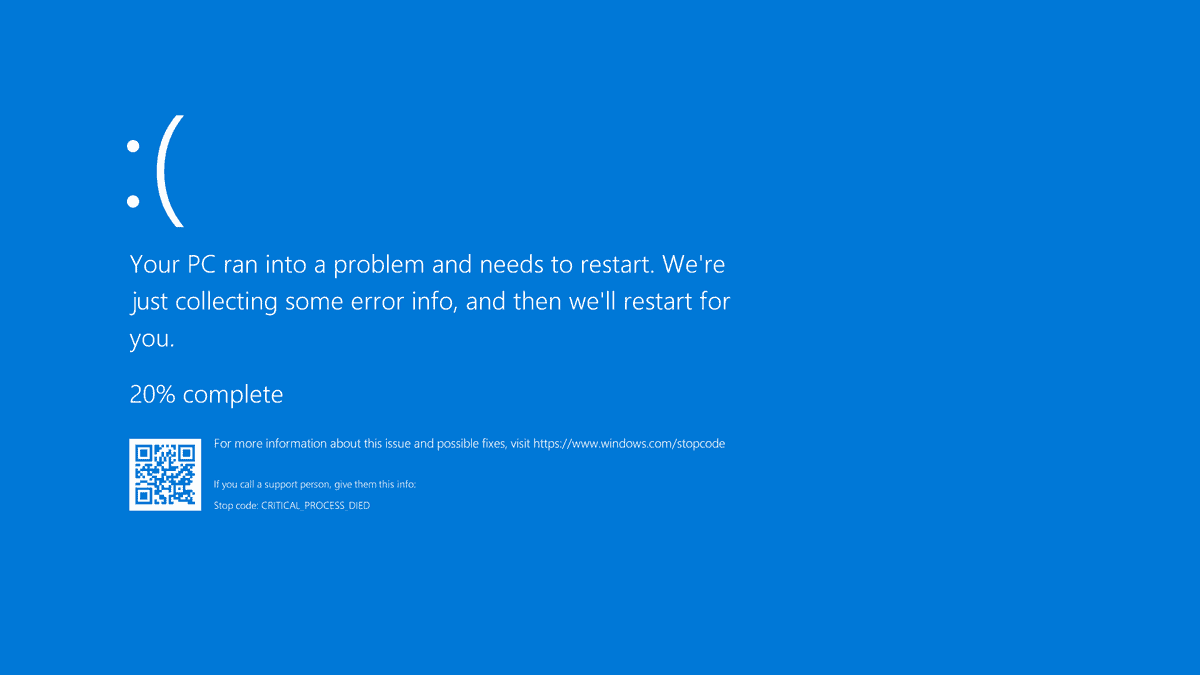By Daniel Nunns, Service Delivery Manager at Envisage Technology
Old, outdated computers can cost businesses thousands of dollars a year in lost productivity and increasing cost of replacement.
In fact, a Microsoft study in 2018 found old computers were costing business owners close to $A4000 each year and most small and medium businesses could make significant cost savings just by updating their PCs.
Yet most continue to hang onto older computers.
An Asset Lifecycle Management (ALM) could solve that.
ALM is the process of optimising the profit generated by your assets throughout their lifecycle.
Desired outcomes can be delivered through processes including comprehensive asset portfolio management, rigorous project execution and effective and efficient asset management practices.
Your IT devices are the lifeblood of your business but ageing devices can’t guard against the latest malware, run advanced software or deliver on portability and speed. Newer, more sophisticated applications can easily slow performance on older systems, becoming a drag on user productivity.
All of this can have a significant impact on the total cost of ownership for a business.
While delaying the replacement of older devices may seem like a cost-saving approach, the reality is that the growing IT support costs of these devices, combined with the time users spend troubleshooting them, will quickly surpass any expected savings.
The Microsoft study found the optimal age of PCs was no more than four years, beyond which the cost of repairs and lost productivity made it more economical to replace them.
In fact, the total cost of owning a PC more than four years old was enough to replace it with two or more newer models.
What is the true cost of slow computers?
It is estimated that slow computers cost 5.5 days per year, per employee.
That works out to 13 minutes a day, or 2.75% of someone’s time, based on an average of 200 workdays per year.
To keep this simple, though, let’s break this down a little bit for a typical organisation with some ageing workstations:
- Employee’s salary – $60,000.
- Average hourly labor rate (fully burdened) – $43/hour.
- Time wasted due to slow computer – 2.75%.
- Annual cost of time waste – $1892 per employee.
- Annual opportunity cost of time waste – $3784 per employee.
- Total annual cost of slow computer – $5676 per employee.
About opportunity cost
Opportunity cost is all about the amount of production time your employee could be spending doing valuable work had they not been wasting their time waiting for a slow computer.
Whether this is a production employee, a sales rep, or a member of your finance team, the opportunity cost is normally double the actual cost – because they could have been shipping product, closing deals or collecting money for you with that spent time.
Instead, they’re pushing deadlines. Guess who pays for that?
How to fix the problem
Even if the time wasted is half of this projection, a $1000-$2000 computer is a sound investment.
Investment in an evergreen and proactive device replacement budget is highly beneficial to any organisation which relies on these computers for their livelihood.
Make sure you leverage your MSP to help you make the smart choice when it comes to decisions like these.
Implementing Asset Lifecycle Management
My recommended ALM process ensures your organisation can effectively plan and budget for your IT assets, while ensuring your support coverage does not lapse, resulting in a sustainable, reliable IT infrastructure.
When determining the right time to replace aging devices, it’s important to consider the key areas that can quickly escalate costs:
Proper lifecycle management provides your business with five key benefits:
- Risk: Avoid unexpected downtime and costly repairs.
- Performance: Ensure maximum efficiency for your employees.
- Forecasting: Accurate planning for future requirements.
- Cost: Significant reduction in renewal expenditures.
- Efficiency: Avoid unnecessary hardware replacements.
How to implement this strategy:
- Get your IT team to create a recurring Asset Report to provide you with a clear understanding of your future hardware needs will be. Items that will be included in an Asset Report include the date of purchase, date of warranty expiry, potential cost of warranty renewal and potential cost of replacement.
- Review quarterly high-risk areas to establish what parts of your the business most affected.
- Budget to replace workstations every three to four years to cut down on lost productivity due to slow performance and age-related hardware issues. The 2018 Microsoft report found older computers were more than twice as likely to experience issues like being slow to boot up, batteries depleting too soon, disk drive crashes causing data losses, application crashes and network connectivity problems.
- Budget to replace servers as often as every five years, depending on usage roles and current conditions.
- Annually review and plan your long-term strategy so your capex spends are balanced out over time.
- Extend warranties on hardware you are unable to budget for replacement.
By ensuring your systems are current for today’s software demands, you’re not only saving money in the long run, you are also providing your employees with the best environment to maximise productivity.
Deciding to protect your assets shouldn’t be a big decision. It’s no different than essential home or business insurance.
When it comes to hardware, it’s not a question of if it will fail, but when. So make sure you’ve got a back-up plan and avoid costly downtime.
If you would like more detailed information and advice on Asset Lifecycle Management, the team at Envisage Technology is always available to help. Contact us on 07 31121960.






